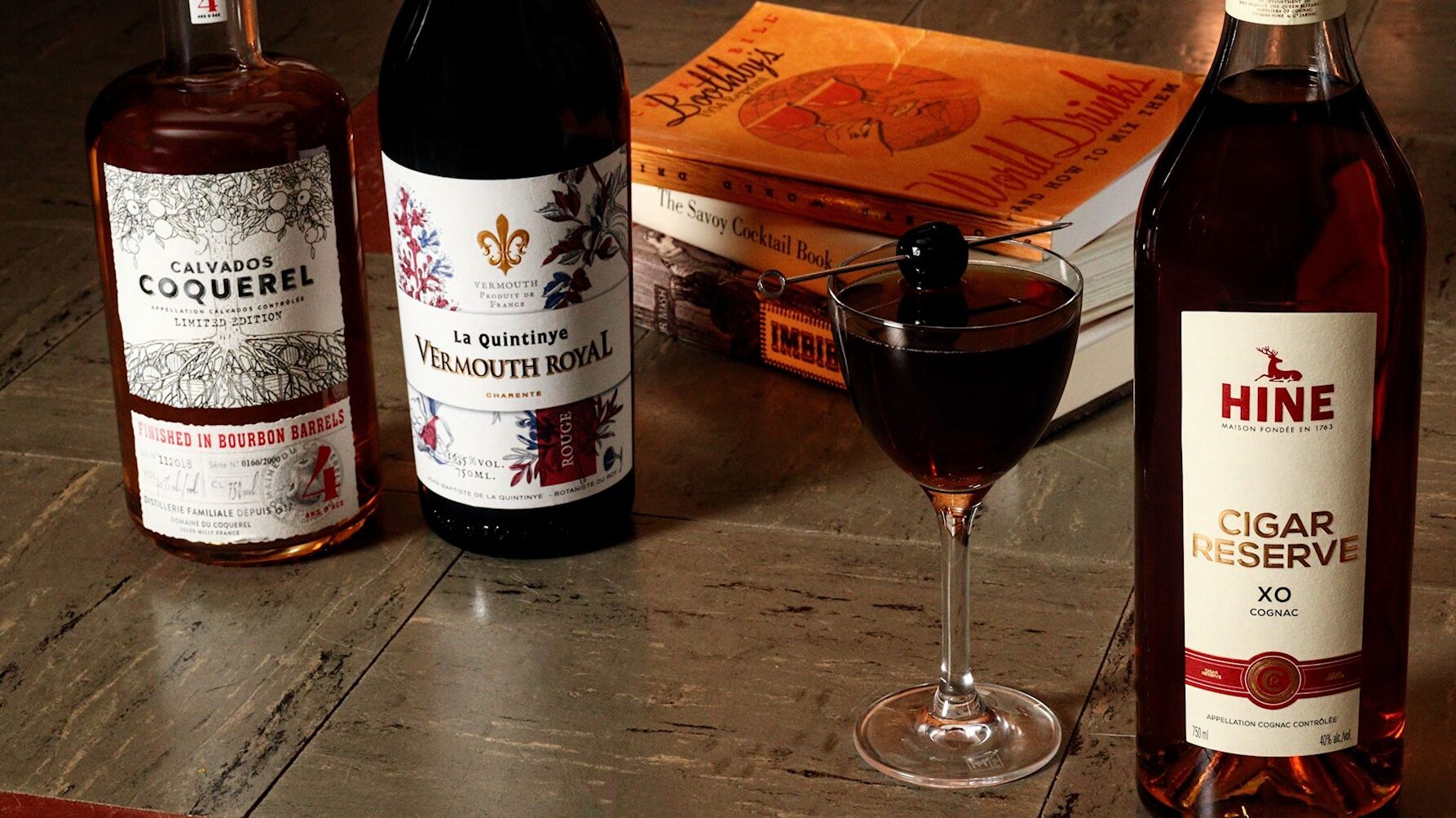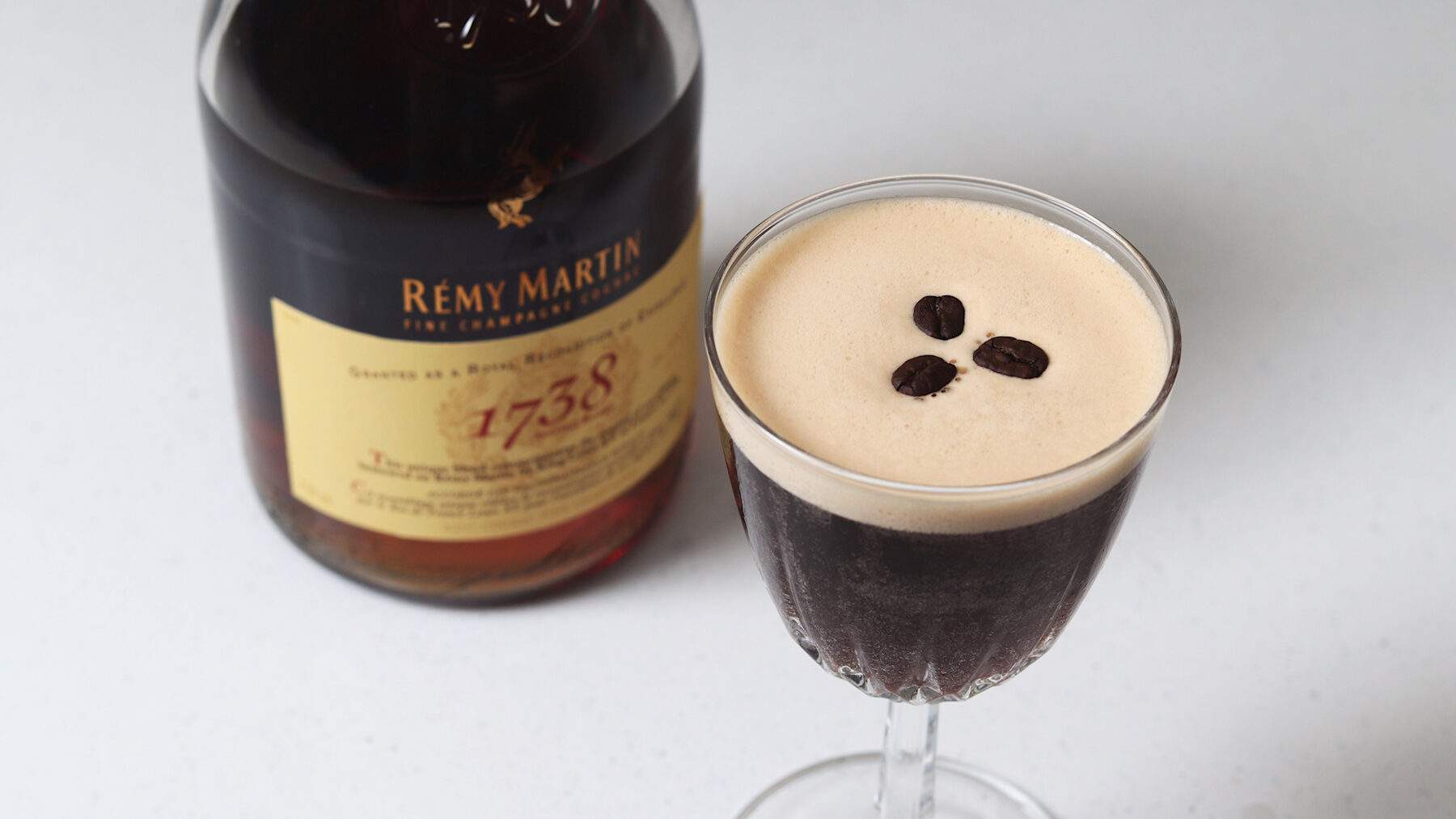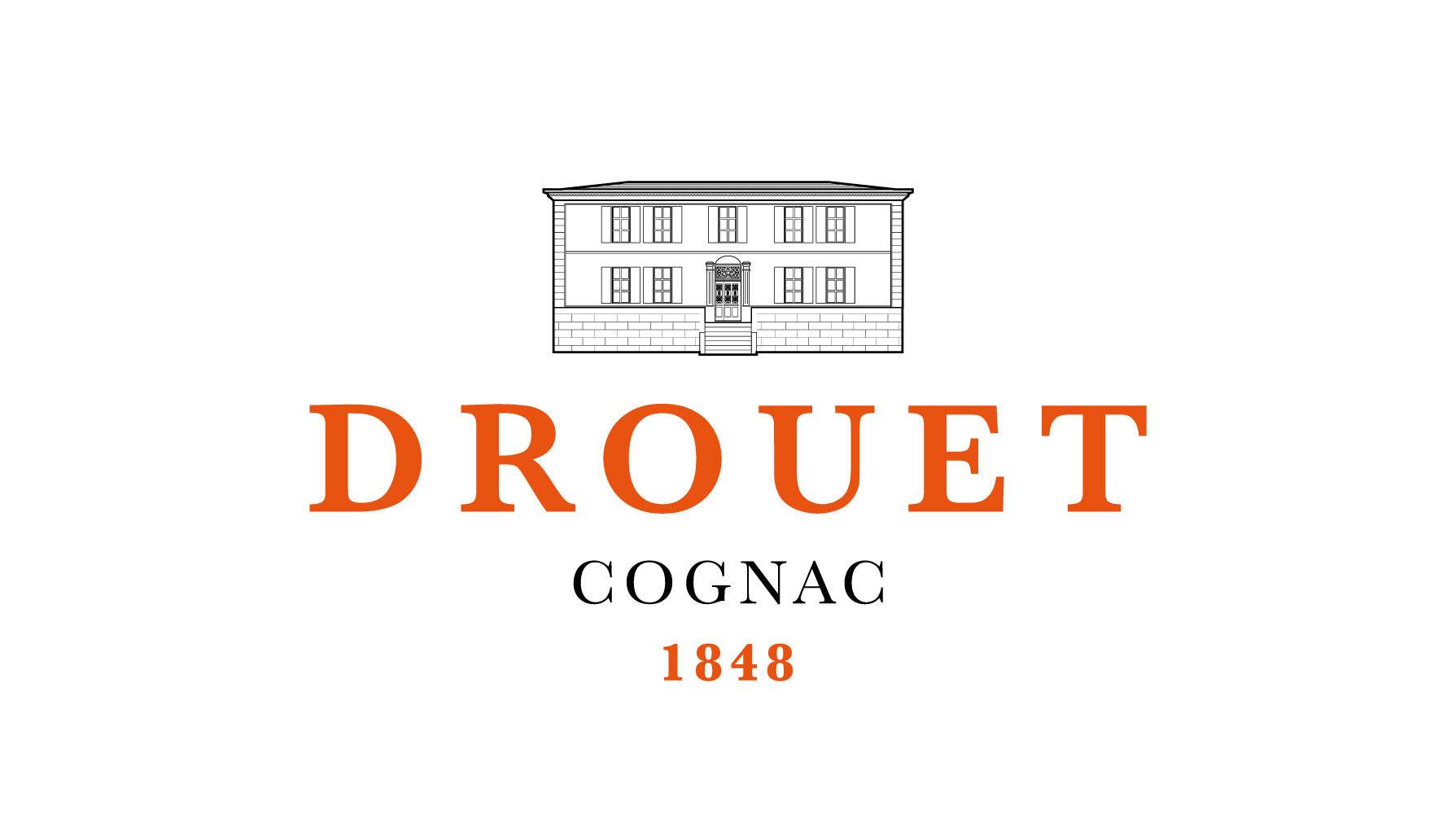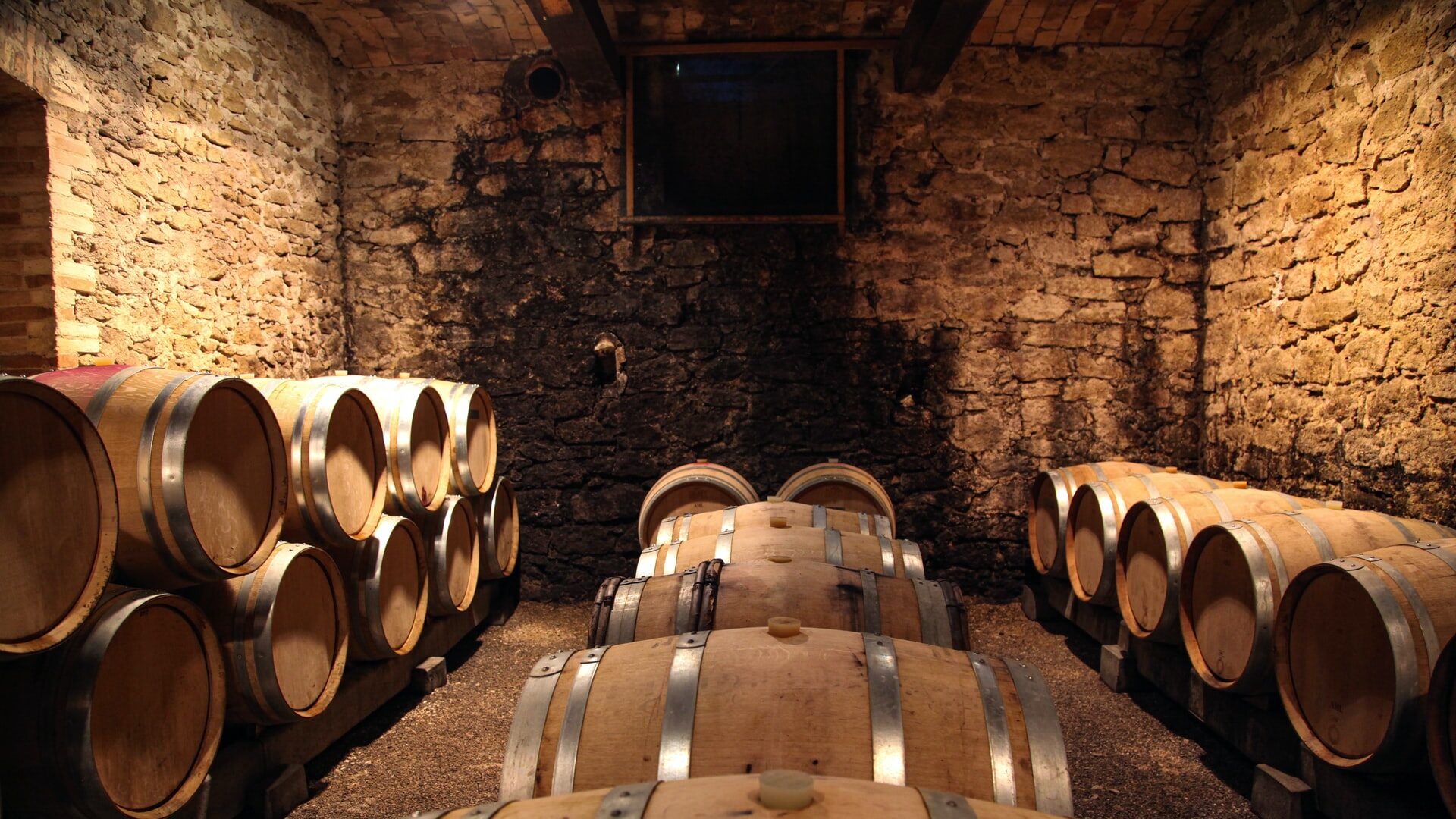When discussing wine, it’s hard to not mention France. Some of the most famous wine regions in the world are found there such as Bordeaux, Alsace, Burgundy, and the Loire Valley. We know that French wines, and all others, are influenced by soil, geography, and climate. The same is true for grapes destined to become Cognac. While there’s a significant difference in both grapes and production process between Cognac and table wine, there’s something really important they share in common. What we’re talking about is how they got to be so popular and well known around the world. How did all this wine production even start in France in the first place? What helped to get the industry where it is today both for wine and Cognac? To figure out that answer we have to look at one of the most dominate ruling powers ever created in this world, the Roman Empire.
Before we dive right into the Romans, though, they can’t be credited with creating vinification. The process of making wine was most likely by prehistoric people and by accident. Picture a hunter/gatherer collecting grapes (or berries, peaches, etc.) in their basket and some might have gotten a little bit crushed and knocked around in the process causing the juices to leak out. They leave it to sit for days while they go out on a hunting expedition. When they come back and check on the basket of grapes, it’s now a little fizzy and bubbly and there’s a weird liquid that makes you feel kind of funny if you drink it. Whoops! They made wine. Now, that’s a bit simplistic, but it’s essentially the gist of it. There’s no way to really pinpoint the exact moment in time this happened, as this is just a theory. Nor did it then suddenly become known as wine and spread throughout the world. Not quite. However, it’s a very believable scenario that almost absolutely took place. But, since we like more concrete information, in terms of history and known dates, scientists have found traces of wine production in China as early as 7000 BCE. And it’s widely known that the Greeks and Egyptians were already enjoying wine in the 1100’s BCE. But what concerns us is when did it start in France?

For that question we turn to the University of Pennsylvania. There was an archaeological dig that started in France during the 1980’s near Montpellier. A collapsed merchant shop from somewhere around 450-550 BCE was uncovered with tons of amphora buried under the rubble. At this point in time, the region was occupied by the Celts. They inhabited large areas of Western Europe throughout the early parts of the first millennia. Samples were taken from the amphora and sent to the University to be analyzed. What was found was the clay had traces of tartaric acid, which is the specific natural acid that’s found in grapes. This led them to believe that these amphorae held wine. Not only was it the acid that made them come to this conclusion, but also pine resin was discovered which could have been used as a preservative or flavoring for the wine. It was very common for the Greeks to add rosemary or thyme to their wine to flavor it and make it more aromatic. So, pine resin would logically fit into that category, as well. At the dig site there was also a large limestone press that could have been used for grapes or olives. It, too, had the same tartaric acid on it. Couple that with lots of drinking cups found nearby and it’s a logical conclusion that wine was being produced, at least on a small scale, and consumed.
So, if the Celts seem to be the first people to start producing wine in Gaul (present day France), why are the Roman’s, who came some 200-300 years later to the region, getting the majority of the credit for it? Simply put, while the Celts hashed out the small details for wine production and got the ball down the court, the Roman’s took that ball and slam dunked it. They not only perfected wine making to handle mass production, but they also made wine a highly sought after commodity for trade worldwide.

As we know, the Roman’s were coming out of Italy. There, wine production was already underway most likely in the mid 700’s BCE. And like with any good conqueror, you brought your culture with you as you expanded your reach and introduced your ideas and way of life to the local populations. The Roman Empire had such a huge impact on wine in France because it was already such a significant part of their normal diet, especially within the upper class, and it was a good business. One which made the Empire a lot of money. When Rome first started moving in to Gaul, it has been noted that when they traded with local tribes, one amphora of Roman wine would sell for as much as what it costed for a single slave. It’s also worth noting here that the Roman Empire didn’t hold everything together with brute force like the Persian’s or Mongolian’s did before them. The inhabitants of the conquered lands usually aspired to become Roman’s themselves. They saw how their farms were improved, trade increased, and cities grew. They welcomed a lot of what the Roman’s brought with them and strived to become citizens of the great Empire. That included excepting religious practices, social structure, and lifestyle. A lifestyle that included wine. A lot of wine.
Around 50 BCE, the Roman’s, led by Julius Caesar, had completely conquered Gaul. They were experts at agriculture and began planting vineyards, olives, and figs wherever they could. Records indicate they had most likely established vineyards first in Bordeaux as early as the 1st century CE, which then crept up into the Charente valley to present day Cognac during the latter half of the century and spread outward across the country from there. There were even abundant amounts of indigenous vines that the Romans cultivated, and some are even still being used to produce wine today. Even though wine was precious to the Roman’s, at one point it seems they got a little carried away with the planting. In 92 CE, emperor Domitian made a decree that no more vineyards would be planted as they had way too much backstock of wine and it was going bad before they could even drink or sell it all. This wasn’t reversed until 280 CE when emperor Probus overturned that decree and let all people freely plant vineyards and make wine again. This really marked the beginning of when France’s winemaking industry took off.
One of the benefits of producing so much wine in Bordeaux and the Charente Valley were their perfect locations. Bordeaux is right on the Gironde river which empties into the Atlantic. Further north in the Charente-Maritime départment, La Rochelle, an important port city in the history of Cognac, is right on the coast. It made them exceptional cities to transport wine via the ocean up to the British Isles and Northwest Germany where the Roman soldiers were continuing to battle and conquer. Even the Charente river itself was fairly manageable for boats to go further inland and come back out, stocked full of wine and other supplies, to the Atlantic Ocean. It might go without saying, but the famous cities in the Charente Valley like Cognac, Jarnac, Angoulême, and La Rochelle didn’t even exist at this time. Most were just tiny little farm communities. Once the Roman’s came through, however, things began to change drastically. Ports were constructed, supplies to build barracks and churches came in, and the cities grew just as fast as the vineyards spread. This was indeed one of the fastest growing areas within the empire. As Salvatore Calabrese puts it in his book Cognac: A Liquid History:
The temperate climate, its chalky soil, the growers’ affinity with the terroir, and the existence of the river combined to make the Cognac region one of the most important areas for wine production. Wine from the Saintonge and its sister provinces was exported via the river to other regions in France and the Roman Empire. (Calabrese, 2001, p. 37-8)
While the volume of wine produced is completely unknown, there are indications from a few ruins around France that some of these farms were making quite a bit of wine. One such location is in La Haute-Sarrazine in the western region of the Cognac AOC. There are two farm buildings found that have several huge basins dug into the ground and lined with plaster. They’re also connected via pipes and canals indicating that liquid was passed through them from basin to basin. The standout item discovered, though, was something called a fouloir. That was a giant holding vessel where workers would stomp grapes by foot. It’s estimated that, due to the size of all the basins and fouloir, this one farm could have produced up to 100,000 gallons of wine a year. Scientists concluded that wine was being produced there somewhere in the late 200’s CE and well into the 300’s CE. With other sites scattered all over the Atlantic coast and some heading inland, we can see how this was the premier wine growing area of the Roman Empire.
But as we all know, everything comes to an end eventually. When the Roman Empire came crashing down after Germanic raiders pushed into Gaul, all the way to Spain, Europe entered into an era of violence and social discord. From around 250-1500 CE, Gaul changed rulers more times than you can count. This portion of history gets muddy with battle after battle and invasions constantly happening. The Vandals, Visigoths, Franks, Merovingians, Vikings, you name it. They all held power at some point. But, despite all this, the wine industry was miraculously held afloat by an important social structure created by the Roman’s. It was the Roman Catholic Church. Wine was essential to hold Mass, as one had to drink the blood of Christ during service. Grape growing, vineyard planting, and farming technology was taken over and guarded by the Church. Obviously, the amount of wine produced fell dramatically and demand decreased, but monks continued to produce wine during the Dark Ages. It wasn’t until the Renaissance that wine really regained its popularity.
We can see the influence the Roman’s had on French wine production. And while Cognac does start out as wine, that’s not the end goal. So how do we tie together what the Roman’s built and the Cognac we have today? Well, I think it really all comes down to trade routes. The road systems that began to be put in place by the Roman’s to march their armies between all the key cities from Bordeaux in the south, Paris and Champagne in the north, and Burgundy in the east laid a foundation that would last for thousands of years. These roads were crucial in trade throughout Europe. And to add to that, the port cities had their routes across the seas to London, Amsterdam, Lisbon, and Oslo. All of this was because of the Roman’s. And once the wine of Cognac started being distilled and grew into its own industry, it was these same trade routes that they began to use to ship and sell their eau-de-vie worldwide making it the global brand it is today. Hail Caesar!





